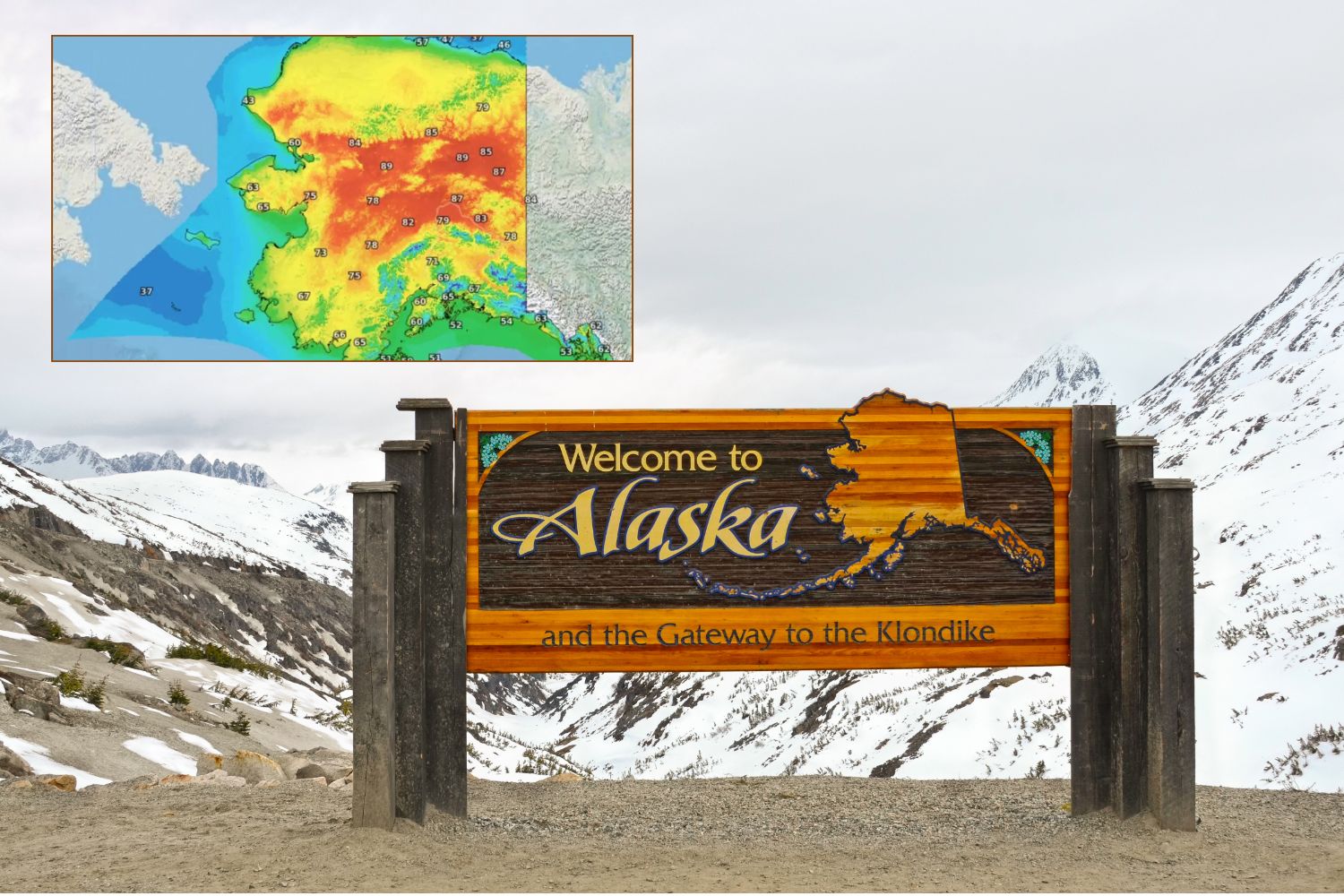Alaska just issued its first-ever heat alert as temperatures soar past 86°F, exposing how unprepared Arctic communities are for accelerating climate change.

@NOAA
It’s part of the United States. Yes, that United States — the one where climate change denial has become a political calling card, especially in the Trump era. Yet Alaska, often seen as a symbol of the icy American frontier, is sweltering under a heat wave so unusual that the state has issued its first-ever heat alert.
Even though much of Alaska lies within or near the Arctic Circle, cities like Fairbanks, the state’s second-most populous, have hit 86°F (30°C). And the forecast shows no signs of cooling off. Highs of around 82°F (28°C) are expected in the coming days.
If you’ve ever set foot in Alaska, you’ll know this isn’t business as usual.
The houses aren’t made for this kind of heat
Meteorologist Alekya Srinivasan summed up the situation with clarity: the alert isn’t just about current temperatures — it’s a warning that they will continue rising. And that’s a problem for a region that’s structurally and culturally unprepared for heat.
“Homes in Alaska aren’t designed to handle extreme heat,” Srinivasan explains. Most buildings lack air conditioning, because, frankly, until now, they never needed it. When the thermometer jumps 20°F (10°C) above what people are used to, it’s not just uncomfortable — it can be dangerous.
Two warnings, one crisis
On June 12, the National Weather Service issued its initial alert. Just four days later, it had to be updated: temperatures between 84–88°F (29–31°C) were forecast across central and northeastern Alaska, including communities like Tanana, Fairbanks, Fort Yukon, and Eagle.
But the warnings didn’t stop there.
A secondary alert warned of flood risks triggered by rapid glacial and snowmelt. The message was clear: rivers and streams could overflow, particularly affecting roads, airstrips, and low-lying infrastructure in the North Slope region. The alert remains active through mid-week — a reminder that climate change rarely unfolds in isolation.
Warming at warp speed
Despite its icy image, Alaska has been warming two to three times faster than the global average. Over the past 60 years, the state has seen a temperature rise of 3°F (1.67°C).
While 2024 hasn’t broken every record, it’s still officially the warmest year ever recorded globally. Compared to the 1991–2020 average, temperatures are 1.6°F (0.9°C) higher, with the North Slope region bearing the brunt of this shift.
This June, Alaska’s maximum temperature hit 78.3°F (25.7°C) — a number that once would have seemed laughable. And while 86°F (30°C) has traditionally only been reached in August, this year it’s arrived early.
